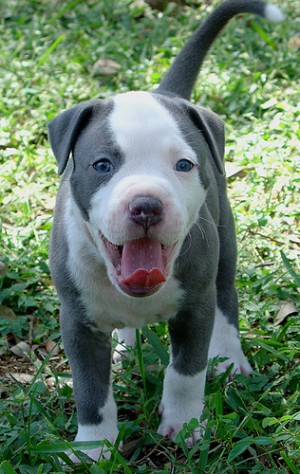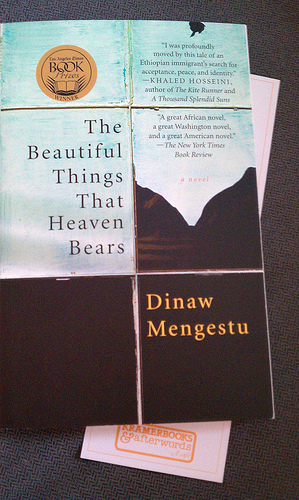Do a news search for “pit bulls” and you’ll notice certain themes: neglect, dog bites, as well as proposals to ban them. No type of dog arouses more emotion than those identified– and misidentified– as Pits bulls. Yet a century ago, these dogs were so admired for their loyalty and bravery that they were considered “America’s Dog” and used on posters during World War I to sell war bonds and recruit for the U.S. military. Before that, Pit bulls were prized for their gentle disposition and willingness to watch over children whose parents were busy at work, in the fields. So how did a dog which was once respected become so feared?
President and CEO of the Washington Humane Society Lisa LaFontaine says, “If you take a historical look at the breeds involved in dog attacks, the dogs that had been trained by certain elements of society to be aggressive were the pariah breeds of their era.”
LaFontaine explains that during the era of slavery, “Attacks by Bloodhounds were common because Bloodhounds were used to track runaway slaves. They were used to doing something violent. Fast forward to the 1880s and New York City, where Newfoundlands were being used to guard markets, so a preponderance of bites came from Newfoundlands. After World War II, Dobermans were associated with Nazis and were seen as dangerous.
“It was really when gangs adopted Pit bulls that they became the latest pariah…these happy, healthy, well-adjusted dogs became a symbol of drug culture and violence because unfortunately, you can take all of a Pit’s positive traits and turn them negative.”
Some may ask, what positive traits does a Pit bull have? Once again, history provides answers– and some surprising examples of great, if not heroic dogs. The only dog ever to be promoted to the rank of “Sergeant” started out as a brindle puppy with an abbreviated tail, a trait which inspired his name, “Stubby”.
Continue reading







